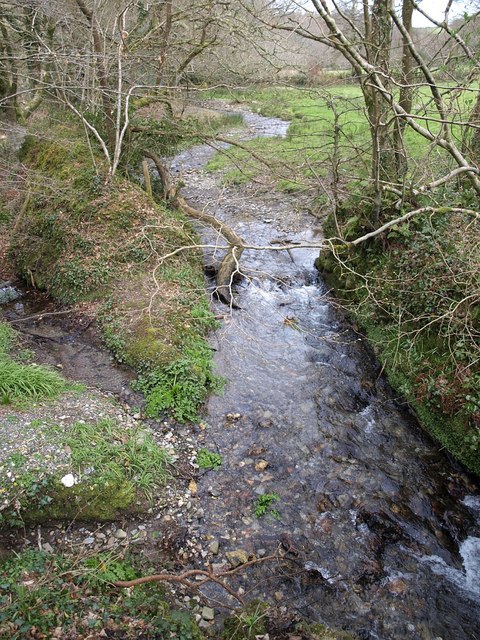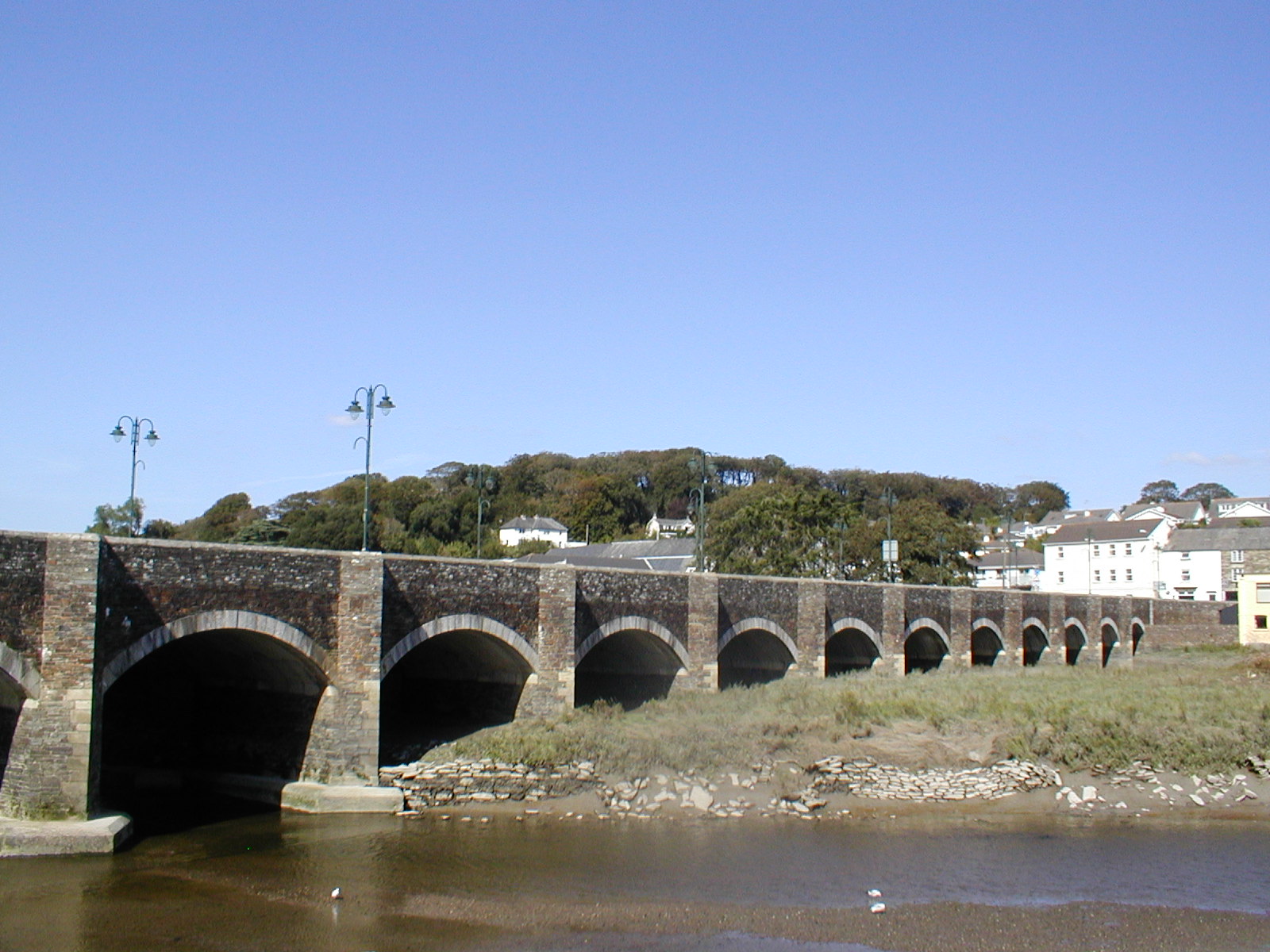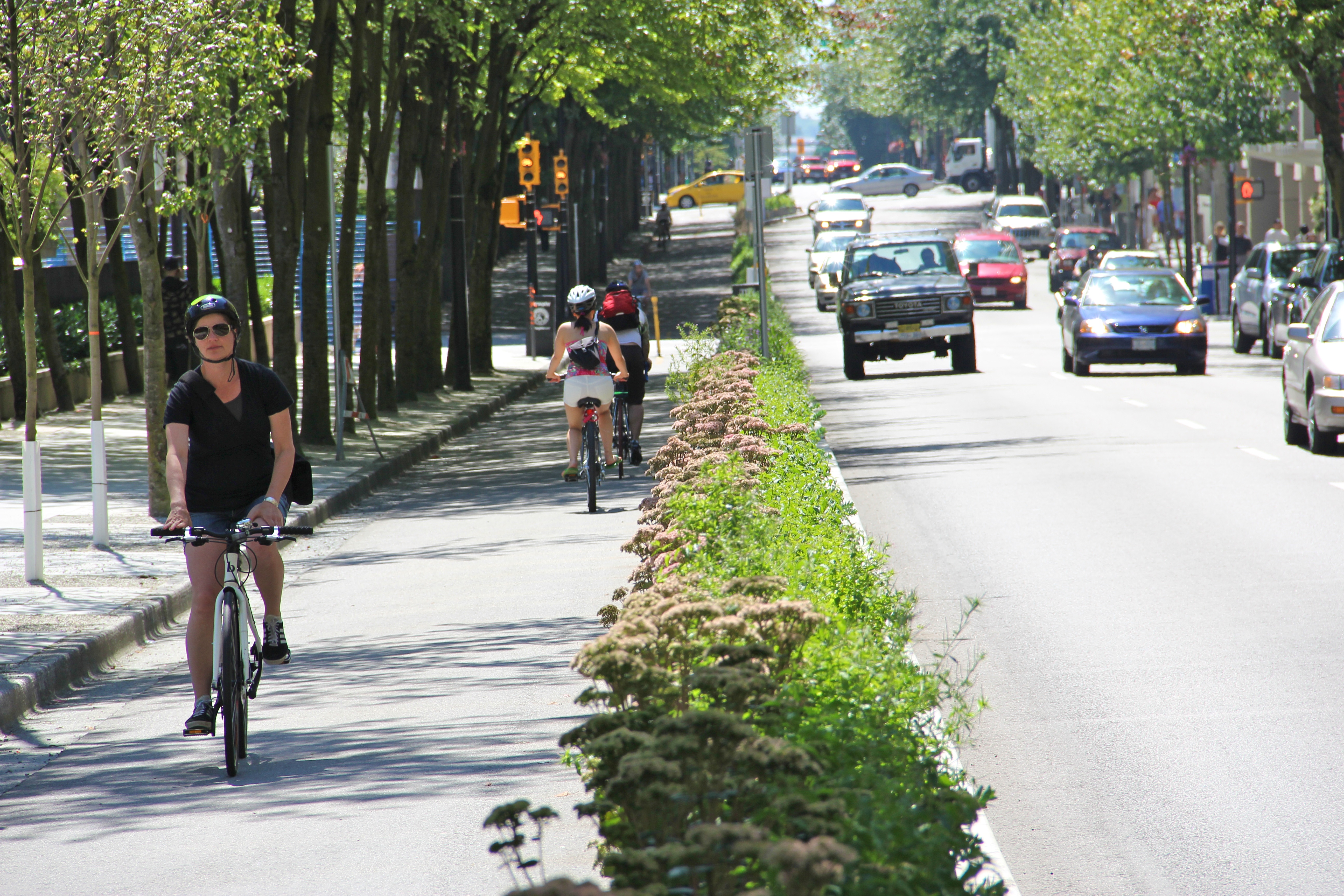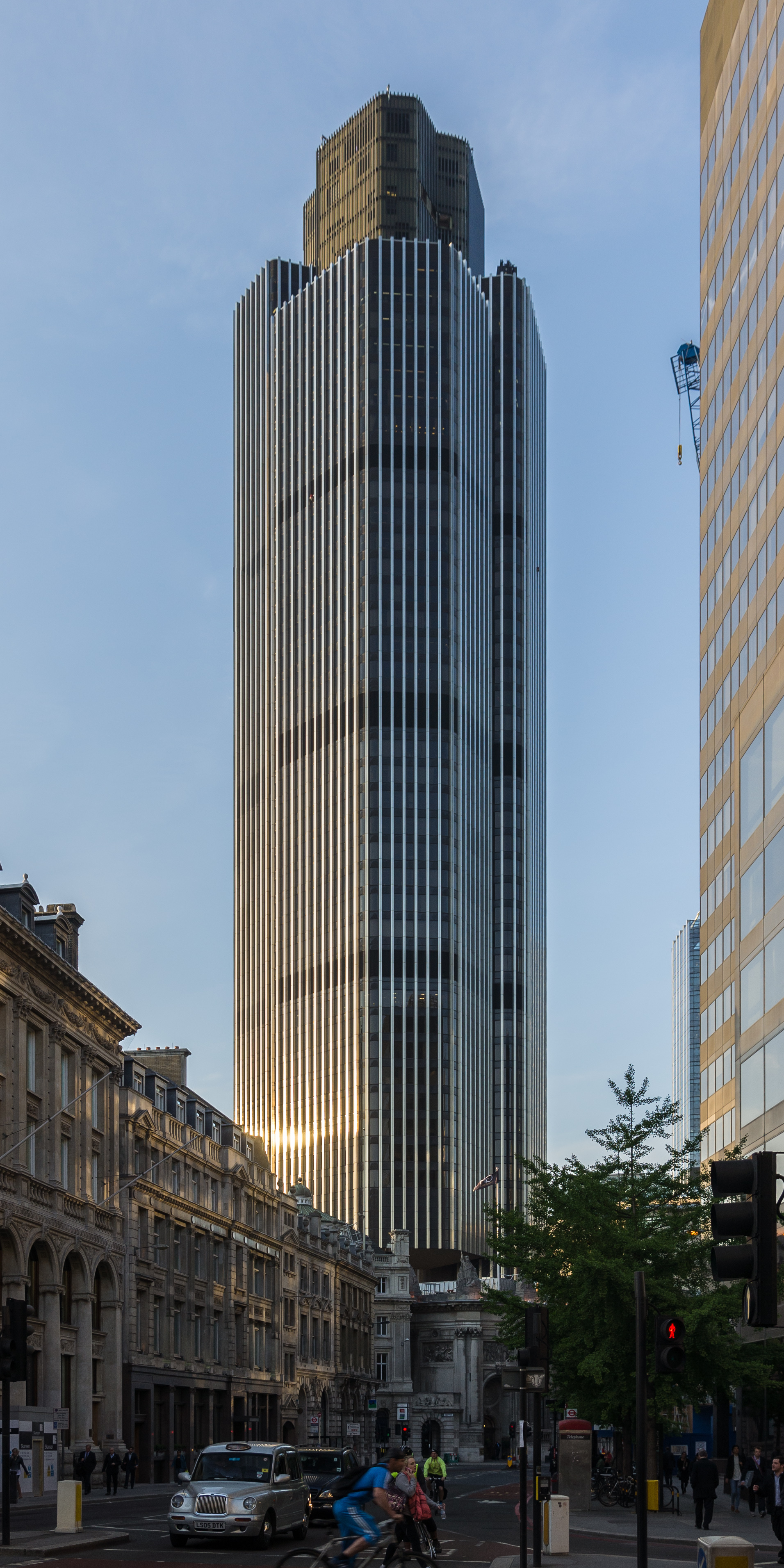|
Sladesbridge
Sladesbridge ( kw, Ponslayn) is a small village located near Wadebridge in Cornwall, England, UK. It is situated at the confluence of the River Allen and the Croan Stream about 1 km upstream of the confluence with the River Camel. The surrounding area is in the Cornwall Area of Outstanding Natural Beauty and the floodplain is a Special Area of Conservation, a Site of Special Scientific Interest and a County Wildlife Site. Economy It has a number of businesses including Slade's House Country Inn, Trelawney Garden Leisure, Knevitt Consulting Engineers, Wood Design Furniture and Kestle Quarry. Flora and fauna Otters, salmon, kingfishers, water rail and snipe are often seen in and around the river and the reedbeds either side. A footpath runs along the western edge of the river allowing the general public to view the wildlife. Flooding The village flooded very badly in June 1993 when the fire service had to rescue people from their properties. It had flooded to a lesser exte ... [...More Info...] [...Related Items...] OR: [Wikipedia] [Google] [Baidu] |
River Camel
The River Camel ( kw, Dowr Kammel, meaning ''crooked river'') is a river in Cornwall, England. It rises on the edge of Bodmin Moor and with its tributaries its catchment area covers much of North Cornwall. The river flows into the eastern Celtic Sea between Stepper Point and Pentire Point having covered about 30 miles, making it the second longest river wholly in Cornwall. The river is tidal upstream to Egloshayle and is popular for sailing, birdwatching and fishing. The name ''Camel'' comes from the Cornish language for 'the crooked one', a reference to its winding course. Historically the river was divided into three named stretches. Heyl ( kw, Heyl, meaning ''estuary'') was the name for the estuary up to Egloshayle, the River Allen ( kw, Dowr Alen, meaning ''shining river'') was the stretch between Egloshayle and Trecarne, whilst the Camel was reserved for the stretch of river between its source and Trecarne. Geology and hydrology The River Camel rises on Hendraburnick D ... [...More Info...] [...Related Items...] OR: [Wikipedia] [Google] [Baidu] |
River Allen, Cornwall to join the Camel near Sladesbridge.
The River Allen ( kw, Dowr Lehen, meaning ''slate river'') in north Cornwall is one of two rivers in Cornwall which share this name. In this case the name is the result of a mistake made in 1888 by Ordnance Survey, replacing the name ''Layne'' with ''Allen'' which is the old name for the lower reaches of the Camel. The other River Allen runs through Truro. The River Allen is a major tributary of the River Camel. It springs northeast of Camelford and flows south-southwest through the Allen Valley passing St Teath and St Kew Highway St Kew ( kw, Lanndohow)Place-names in the Standard Written Form (SWF) References E ...
|
Wadebridge
Wadebridge (; kw, Ponswad) is a town and civil parish in north Cornwall Cornwall (; kw, Kernow ) is a historic county and ceremonial county in South West England. It is recognised as one of the Celtic nations, and is the homeland of the Cornish people. Cornwall is bordered to the north and west by the Atlan ..., England, United Kingdom. The town straddles the River Camel upstream from Padstow.Ordnance Survey: Landranger map sheet 200 ''Newquay & Bodmin'' The permanent population was 6,222 in the census of 2001, increasing to 7,900 in the 2011 census. There are two electoral wards in the town (East and West). Their total population is 8,272. Originally known as ''Wade'', it was a dangerous fording point across the river until a bridge was built here in the 15th century, after which the name changed to its present form. The bridge was strategically important during the English Civil War, and Oliver Cromwell went there to take it. Since then, it has been widened t ... [...More Info...] [...Related Items...] OR: [Wikipedia] [Google] [Baidu] |
Department For Environment, Food And Rural Affairs
The Department for Environment, Food and Rural Affairs (Defra) is a department of His Majesty's Government responsible for environmental protection, food production and standards, agriculture, fisheries and rural communities in the United Kingdom. Concordats set out agreed frameworks for co operation, between it and the Scottish Government, Welsh Government and Northern Ireland Executive, which have devolved responsibilities for these matters in their respective nations. Defra also leads for the United Kingdom on agricultural, fisheries and environmental matters in international negotiations on sustainable development and climate change, although a new Department of Energy and Climate Change was created on 3 October 2008 to take over the last responsibility; later transferred to the Department for Business, Energy and Industrial Strategy following Theresa May's appointment as Prime Minister in July 2016. Creation The department was formed in June 2001, under the leader ... [...More Info...] [...Related Items...] OR: [Wikipedia] [Google] [Baidu] |
Cycle Track
A cycle track, separated bike lane or protected bike lane (sometimes historically referred to as a sidepath) is an exclusive bikeway that has elements of a separated path and on-road bike lane. A cycle track is located within or next to the roadway, but is made distinct from both the sidewalk and general purpose roadway by vertical barriers or elevation differences. In urban planning, cycle tracks are designed to encourage bicycling in an effort to relieve automobile congestion and reduce pollution, reduce bicycling fatalities and injuries by eliminating the need for cars and bicycles to jockey for the same road space, and to reduce overall confusion and tension for all users of the road. Cycle tracks may be one-way or two-way, and may be at road level, at sidewalk level, or at an intermediate level. They all have in common some separation from motor traffic with bollards, car parking, barriers or boulevards. Barriers may include curbs, concrete berms, posts, planting/median ... [...More Info...] [...Related Items...] OR: [Wikipedia] [Google] [Baidu] |
Wetland
A wetland is a distinct ecosystem that is flooded or saturated by water, either permanently (for years or decades) or seasonally (for weeks or months). Flooding results in oxygen-free (anoxic) processes prevailing, especially in the soils. The primary factor that distinguishes wetlands from terrestrial land forms or Body of water, water bodies is the characteristic vegetation of aquatic plants, adapted to the unique anoxic hydric soils. Wetlands are considered among the most biologically diverse of all ecosystems, serving as home to a wide range of plant and animal species. Methods for assessing wetland functions, wetland ecological health, and general wetland condition have been developed for many regions of the world. These methods have contributed to wetland conservation partly by raising public awareness of the functions some wetlands provide. Wetlands occur naturally on every continent. The water in wetlands is either freshwater, brackish or saltwater. The main wetland typ ... [...More Info...] [...Related Items...] OR: [Wikipedia] [Google] [Baidu] |
British Construction Industry Awards
The British Construction Industry Awards (BCI Awards or BCIA) were launched by ''New Civil Engineer'' magazine and Thomas Telford Ltd in 1998, at the time both owned by the Institution of Civil Engineers. The awards seek to recognise outstanding achievement in the construction of buildings, taking account of a wide range of factors including architectural and engineering design, but also consideration of the construction process, delivery to time and budget, and client satisfaction. In 2012, Network Rail chief executive Sir David Higgins was the chair of the British Construction Industry Awards judging panel which celebrated its 25th anniversary of rewarding excellence in UK construction delivery. In June 2017 owners of New Civil Engineer, Ascential, sold the title to Metropolis International who now operate the BCIAs in association with the Institution of Civil Engineers. The awards are typically held in October each year. In 2020, the British Construction Industry Awards wil ... [...More Info...] [...Related Items...] OR: [Wikipedia] [Google] [Baidu] |
Commission For Architecture And The Built Environment
The Commission for Architecture and the Built Environment (CABE) was an executive non-departmental public body of the UK government, established in 1999. It was funded by both the Department for Culture, Media and Sport and the Department for Communities and Local Government. It was merged into the Design Council on 1 April 2011. Function CABE was the government's advisor on architecture, urban design and public space in England. Its job was to influence and inspire the people making decisions about the built environment. It championed well-designed buildings, spaces and places, ran public campaigns and provided expert, practical advice. It worked directly with architects, planners, designers and clients. Structure CABE's board members – its commissioners – were appointed by the Secretary of State for Culture, Media and Sport. There were 16 commissioners in total. Its chair was Paul Finch, a former chair of the Design Council. CABE's chief executive was Richard Simmons. O ... [...More Info...] [...Related Items...] OR: [Wikipedia] [Google] [Baidu] |
Mowlem
Mowlem was one of the largest construction and civil engineering companies in the United Kingdom. Carillion bought the firm in 2006. History The firm was founded by John Mowlem in 1822, and was continued as a partnership by successive generations of the Mowlem and Burt families, including George Burt, and Sir John Mowlem Burt. The company was awarded a Royal Warrant in 1902 and went public on the London Stock Exchange in 1924.''Mowlem 1822–1972'' – Mowlem Public Relations brochure, 1972, p.3 During the Second World War the company was one of the contractors engaged in building the Mulberry harbour units.Hartcup, p. 94 A long-standing national contractor, Mowlem developed a network of regional contracting businesses including Rattee and Kett of Cambridge (bought in 1926); E. Thomas of the west country (bought in 1965) and the formation of a northern region based in Leeds in 1970. The network was further augmented by the acquisition of Ernest Ireland of Bath (bought in ... [...More Info...] [...Related Items...] OR: [Wikipedia] [Google] [Baidu] |
Halcrow Group Limited
Halcrow Group Limited was a multinational engineering consultancy company, based in the United Kingdom Halcrow was one of the UK's largest consultancies, with origins stretching back to 1868. The UK-based consultancy specialised in the provision of planning, design and management services for infrastructure development worldwide. With interests in transportation, water, maritime and property, the company undertook commissions in over 70 countries from a network of more than 90 offices. In 2011, the company was acquired by US firm CH2M Hill, and in 2013 it was announced that the Halcrow brand would eventually be discontinued. The parent subsequently (2015) rebranded the whole group to CH2M. Two years later, in December 2017, CH2M was acquired by Jacobs Engineering Group. History The company was founded in 1868 by civil engineer Thomas Meik, and originally bore his name, and later those of his sons, Patrick and Charles. It worked extensively on port, maritime and railway projec ... [...More Info...] [...Related Items...] OR: [Wikipedia] [Google] [Baidu] |
Flood Defence
Flood control methods are used to reduce or prevent the detrimental effects of flood waters."Flood Control", MSN Encarta, 2008 (see below: Further reading). Flood relief methods are used to reduce the effects of flood waters or high water levels. Flooding can be caused by a mix of both natural processes, such as extreme weather upstream, and human changes to waterbodies and runoff. Though building hard infrastructure to prevent flooding, such as flood walls, can be effective at managing flooding, increased best practice within landscape engineering is to rely more on soft infrastructure and natural systems, such as marshes and flood plains, for handling the increase in water. For flooding on coasts, coastal management practices have to not only handle changes water flow, but also natural processes like tides. Flood control and relief is a particularly important part of climate change adaptation and climate resilience, both sea level rise and changes in the weather (climate ... [...More Info...] [...Related Items...] OR: [Wikipedia] [Google] [Baidu] |







.jpg)
